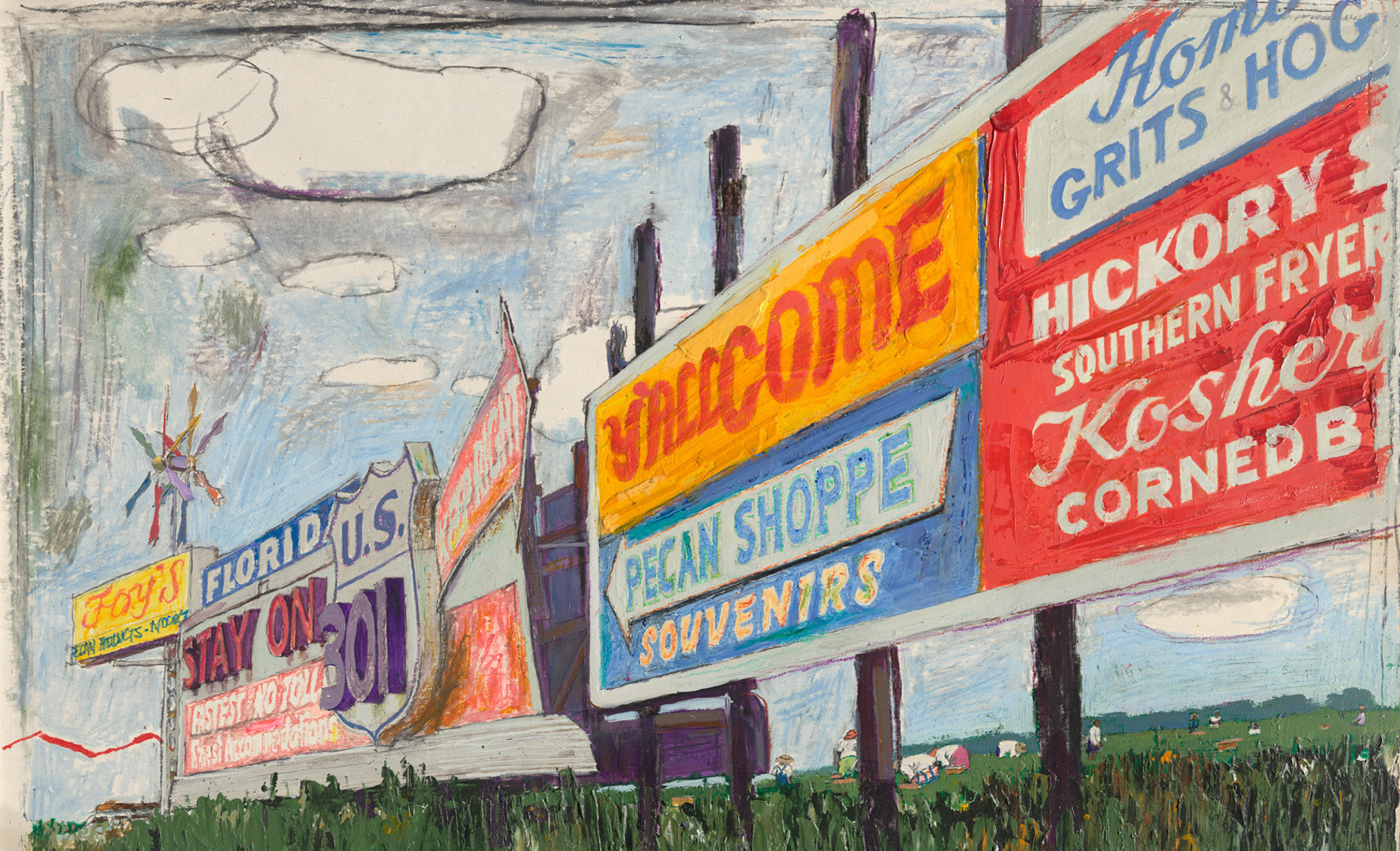
Digitizing Rare Collections with the Shirley
It’s Preservation Week! The Preservation and Digitization unit wanted to take this opportunity to announce an expansion of in-house digitization capabilities for oversize and color/detail critical materials. This addition was made possible through a generous $100,000 gift from James and Joan Schiele. The gift was made in honor of Shirley K. Baker, former Vice Chancellor of Scholarly Resources and Dean of University Libraries in celebration of her long and impactful career in the Department of Special Collections. The new equipment thus has acquired the nickname “The Shirley” in her honor.

The new system consists of a 40” x 60” Titan copy stand from Digital Transitions and Phase One 150-megapixel large-format camera system. This system is designed specifically for digitizing cultural heritage material, allowing us to exceed the industry’s most stringent quality control standards while enhancing already efficient workflows and practices.
Along with the improved hardware, the Capture One software contains tools, such as auto-crop, that speed up workflows significantly. Although cropping seems like a simple task, it can extend processing times exponentially across the span of large requests. With the ability to set a border edge to a specific pixel value, what used to take hours can now be done in moments.
Equally exciting, color and illumination optimization tools allow for far more accurate tonal and color renditions. With these tools, the surface texture of certain items can be captured in new exciting ways.
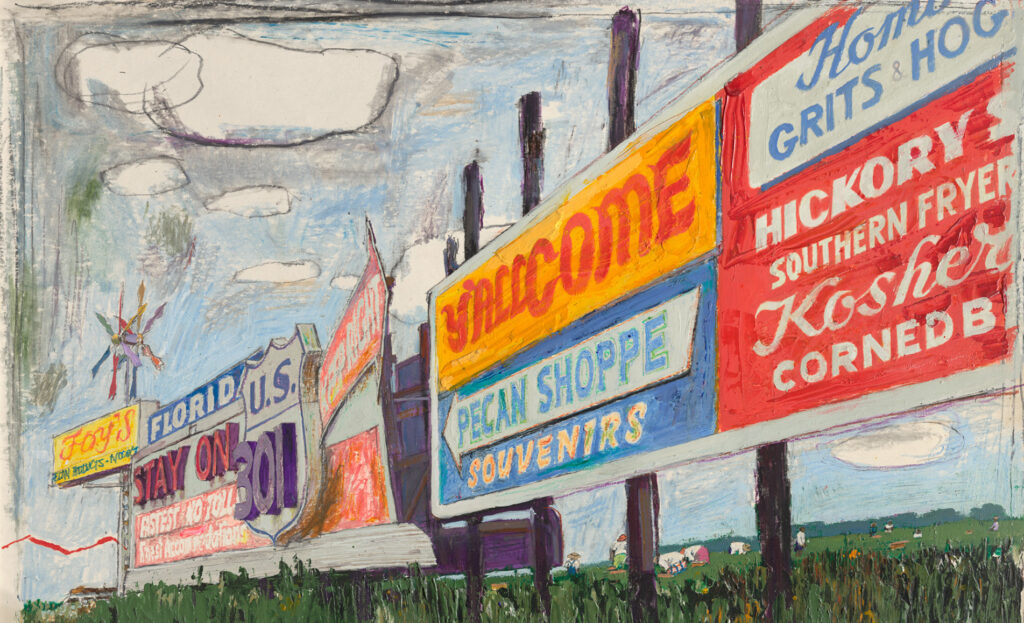
On Shirley’s inaugural launch in March 2022, the Digitization unit captured “The Fast-Changing South” by George B. Leonard held in the D.B. Dowd Modern Graphic History Library’s Walt Reed Illustration Archive. This work, which was hand-picked by Baker herself, has incredible textural detail that is now able to be viewed digitally thanks to the capabilities of the new equipment.
Camera operators can use these tools to correct for color irregularities and intentional light falloff that happen when opting for a raking light setup. Raking light emphasizes surface texture by isolating a single light source and correcting for tonal shifts that are a result of light falloff on the capture plane. This allows for more shadows to be visible opposite the light source while still allowing the work to be represented accurately according to preservation imaging standards. In this example, you can see the difference between typical lighting setups in cultural heritage work which aims for even illumination (left), and the raking light setup (right).
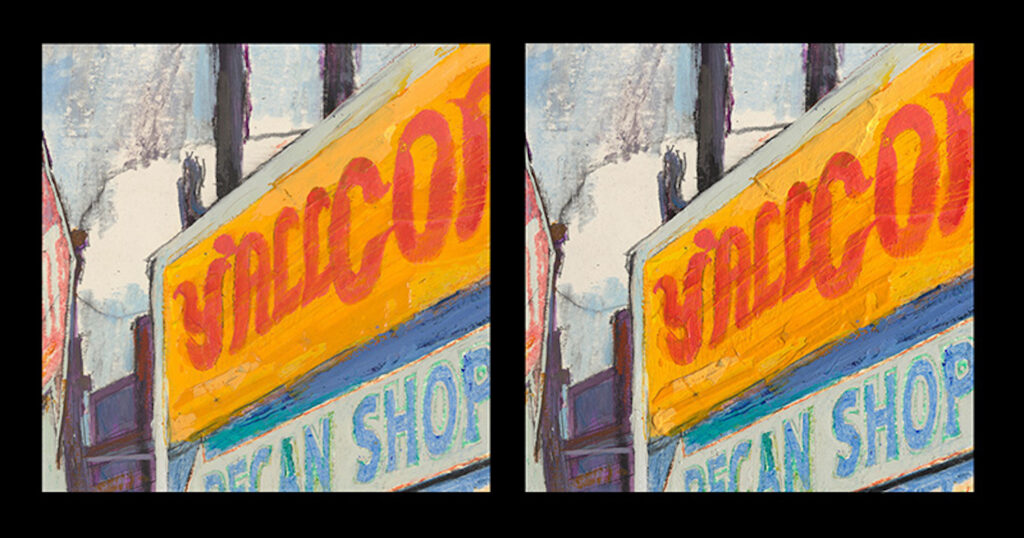
Working with oversize material such as ‘The Fast-Changing South” or large architectural drawings from the Local History Collection create preservation challenges because they are, among other reasons, often difficult to house, transport, and display. Their size and complexity also make them particularly challenging to digitize. As a preservation strategy, digitization can be a valuable tool. Viewing items in a digital format greatly reduces handling and exposure risks which in turn prolongs the life of the physical item.
Up until now, the digitization unit was not equipped to digitize oversize material as part of our regular workflows. Digitizing a 20”x 40” architectural drawing with the old system would have required multiple people to handle the object, at least eight overlapping images to stitch together, painstaking exposure and white balance corrections, and likely re-shoots to correct for uneven lighting or insufficient overlap, taking a whole afternoon or longer.
With the new system, this same item can be digitized with two shots and finished in less than an hour, and at a much higher level of detail and accuracy, meaning the material is being handled far less and the digital images are delivered to the stakeholder much more quickly. Altogether, this system is a win for the long-term preservation of the item and a win for the patrons more easily accessing our materials!
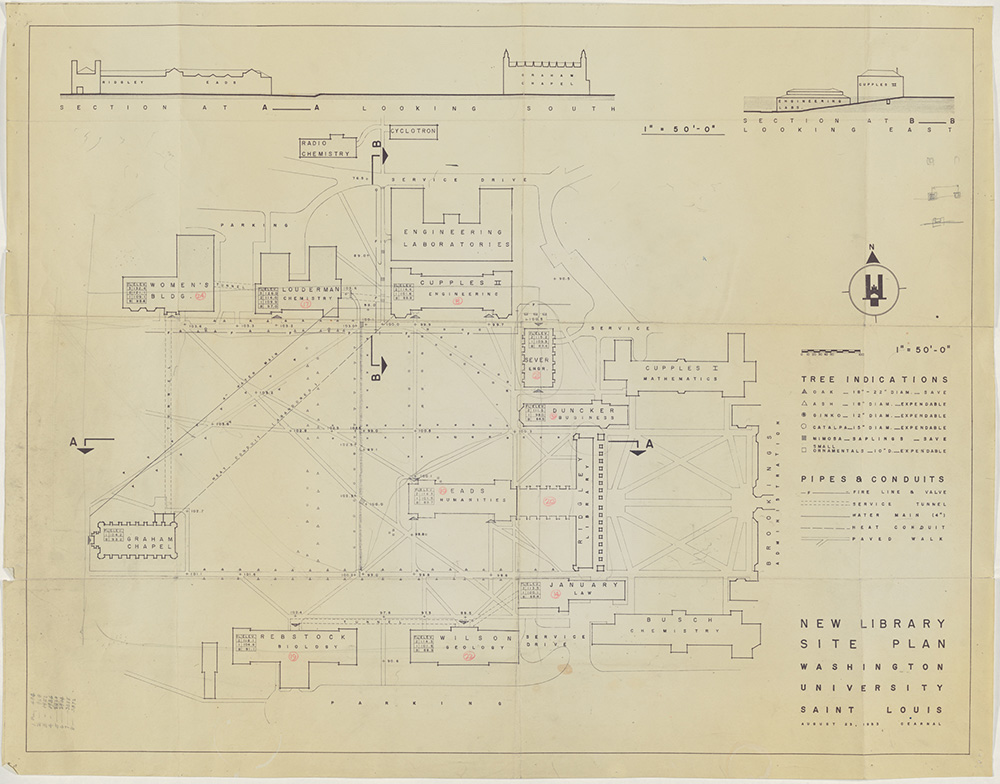
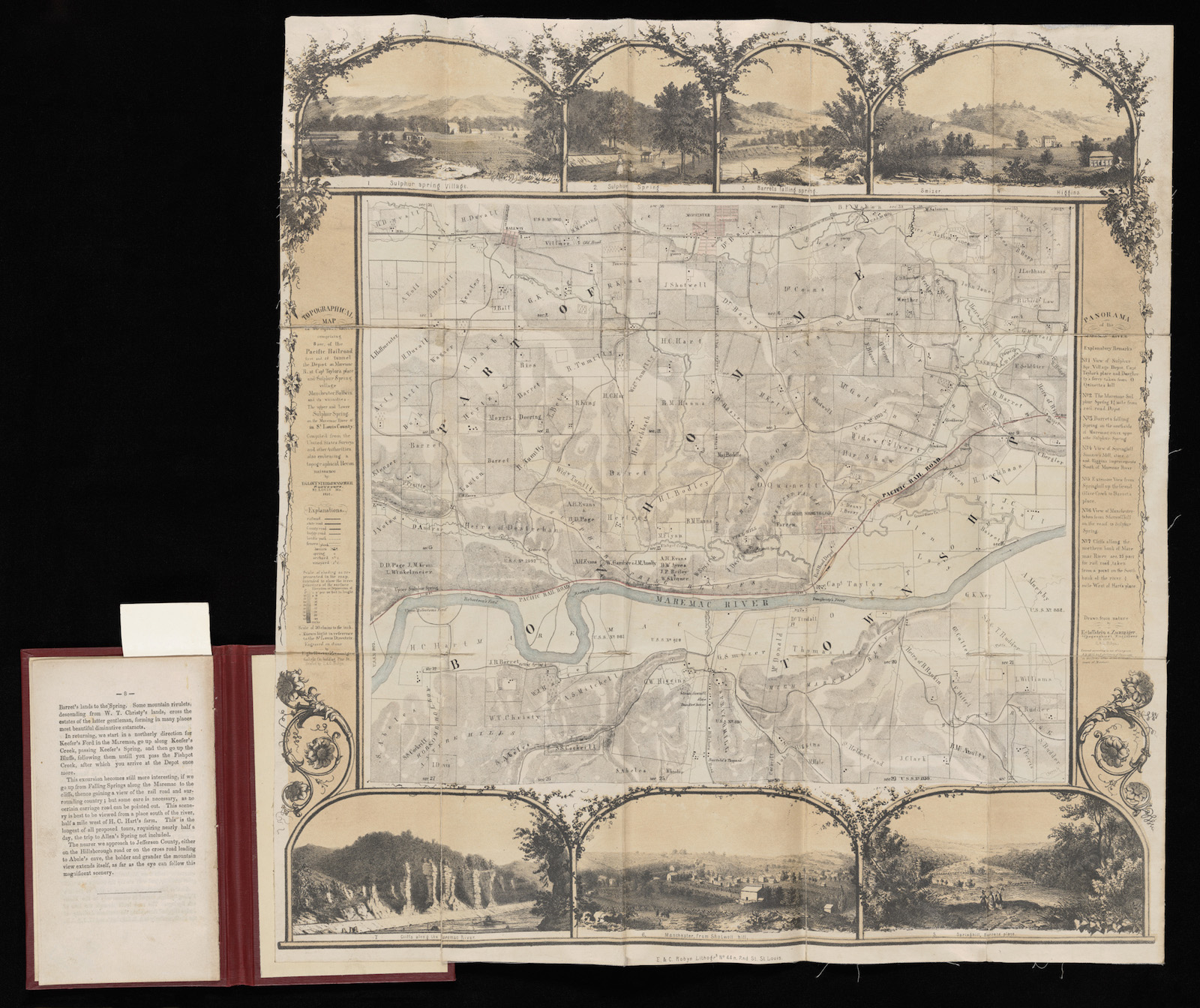
Prior to acquiring this equipment, the digitization of oversize material was largely outsourced to vendors or not digitized at all. Outsourcing digitization to vendors includes packing, protecting, and tracking the materials, all while ensuring the vendors met technical specifications that matched those created in-house. Materials deemed too fragile for transport were either not yet able to be digitized or did not meet institutional preservation standards for special collections materials.
The ability to digitize these materials in-house significantly reduces the overhead costs to both the library and patrons, is safer for materials by reducing handling and transportation, and opens doors to the potential of digitizing material previously too large to photograph in-house. The Shirley allows digital access to the vast and impressive library collections unlike ever before by capturing fine details in photographs, paintings, and etchings.
To learn more about digitizing oversize materials or other services offered by digitization, contact us at CFU-LIBDigitization@email.wustl.edu.